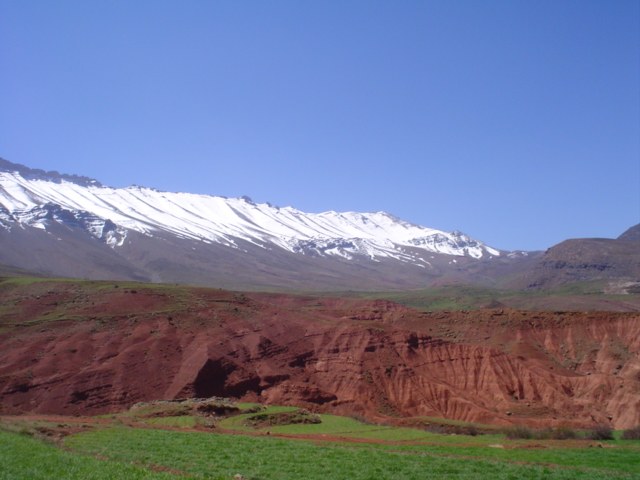What are the 4 Ps of Tourism Industry
One of my PhD students is working on her thesis titled “Marketing Strategies for Tourism Industry;’’ the University practices progress review on research every year. One of the panellists asked her to explain what her contribution to the research is, and what are the 4 Ps of tourism? My student has done a wonderful job; she tried explaining the 4 Ps, however, the panellist was not in a mood to listen to her explanation. How do we explain 4 Ps of tourism? Can we call tourism a tangible or an intangible product? The most accepted definition is provided by the World Tourism Organization (WTO), “tourism comprises the activities of persons travelling to end staying in places outside their usual environment for not more than one consecutive year for leisure, business and other purposes”.
 The natural curiosity of human to know different places, its culture, and desire of travel is inborn. People keep travelling for number of reasons. The travelling activities will never stop; therefore tourism activities will increase in the future more and more, especially with the development of transportations system and the information technology.
The natural curiosity of human to know different places, its culture, and desire of travel is inborn. People keep travelling for number of reasons. The travelling activities will never stop; therefore tourism activities will increase in the future more and more, especially with the development of transportations system and the information technology.
Nevertheless, tourism is a very multifaceted industry which involves numerous stakeholders right from government of a nation, hospitality stake holders, and the nature (environmental factors) themselves – each contributing to either its growth or downfall.
Lets understand the 4 Ps of tourism:
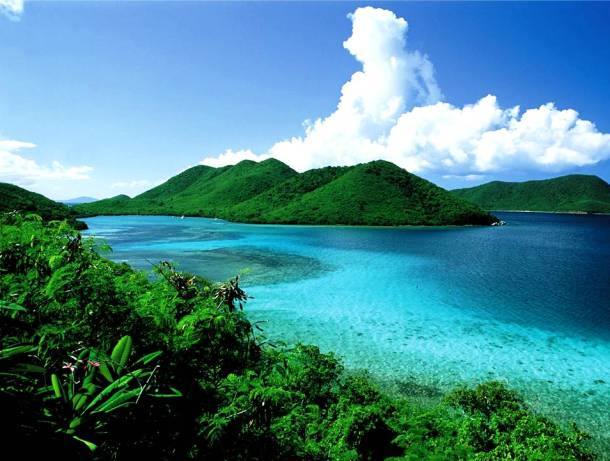 Product: First and foremost, tourism as a product differs from other products due to its large canvas. It covers a range of elements such as accommodation, food and beverages, transportation, scenic/heritage/historical/geographical/spiritual attractions, recreation and of course the customer’s own outlook. Not everything is tangible in it; it is a mix of tangible and intangible experiences. And a customer is going to like a “product”, which is a “destination” for a tourist. If the elements listed above are up to the tourist’s satisfaction, the product is purchasable.
Product: First and foremost, tourism as a product differs from other products due to its large canvas. It covers a range of elements such as accommodation, food and beverages, transportation, scenic/heritage/historical/geographical/spiritual attractions, recreation and of course the customer’s own outlook. Not everything is tangible in it; it is a mix of tangible and intangible experiences. And a customer is going to like a “product”, which is a “destination” for a tourist. If the elements listed above are up to the tourist’s satisfaction, the product is purchasable.
In a marketing mix a product is any offering which satisfies customer’s requirement. Since tourism business is all about experience of TOURIST – this needs a different handling all together. It has to satisfy the tourist’s innate experiences.
Each tourist has his/her enigma; there are lot of tacit expectations of tourists. I personally think tourism as a product is complex in nature. It’s packaging matters.
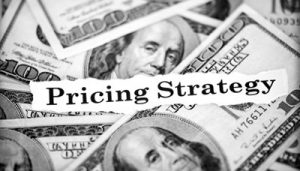 Price: Price in case of tourism is the amount of money that customer pays for the package offer. Whether the package is highly priced, properly priced or is low priced is decided by the experience of the tourist. The pricing should be based on basis of offering made; the accommodation standard, food standard, transportation standard, recreation and the aspirations to be met with. Some destinations are expensively priced while some are modestly priced.
Price: Price in case of tourism is the amount of money that customer pays for the package offer. Whether the package is highly priced, properly priced or is low priced is decided by the experience of the tourist. The pricing should be based on basis of offering made; the accommodation standard, food standard, transportation standard, recreation and the aspirations to be met with. Some destinations are expensively priced while some are modestly priced.
Tourism products are rarely identical. This is because locations differ and also because of the people and the components that make up the experience provided to a traveler. It can be incredibly diverse and pricing strategies can evolve as a tourism destination develops. The pricing varies according to the package: uniqueness of the destination, what value added services are provided inclusive of the experience, which segment is being served (middle income/ high income/ low income) the operating costs (fixed and variable) and break even of the service provider.
For most tourism businesses setting prices will be market based. It is driven by what do competitors with similar products and services charge within a given market. Let me clarify here, preferably being price competitive is not price driven, its product driven. It also depends on the seasonality element. In sense, tourism business is seasonal in nature.
 Place: In case of tourism industry, distribution is a tricky aspect. In terms of definition, distribution is concerned with making the product available to the customer. It includes various activities undertaken to make the product accessible and available to target customers. Tourism being a service product, and here the customers need to be transported to various destinations (point of sale), its channels are tourist operators, agents, wholesalers, Tourist Company’s website, blogs etc. For the distribution channels in tourism understanding the distribution systems, recommended rates of commission, and the roles of various booking agents’ matters.
Place: In case of tourism industry, distribution is a tricky aspect. In terms of definition, distribution is concerned with making the product available to the customer. It includes various activities undertaken to make the product accessible and available to target customers. Tourism being a service product, and here the customers need to be transported to various destinations (point of sale), its channels are tourist operators, agents, wholesalers, Tourist Company’s website, blogs etc. For the distribution channels in tourism understanding the distribution systems, recommended rates of commission, and the roles of various booking agents’ matters.
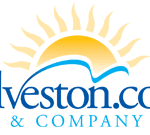 Retailers provide customers with an accessible place; either online or as a shop front by booking travel products. They sell
Retailers provide customers with an accessible place; either online or as a shop front by booking travel products. They sell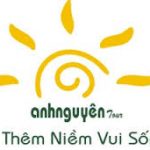 products to customers. Wholesalers are businesses that will sell product through established retail distribution channels both at shop front and online on behalf of the service provider. They also sell individual product elements and link them to form packages. The role of the intermediary has been an important element at all stages experienced by the tourism sector. Technology has played a pivotal role in growth of travel industry.
products to customers. Wholesalers are businesses that will sell product through established retail distribution channels both at shop front and online on behalf of the service provider. They also sell individual product elements and link them to form packages. The role of the intermediary has been an important element at all stages experienced by the tourism sector. Technology has played a pivotal role in growth of travel industry.
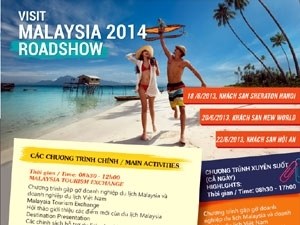 Promotion: Refers to informing the customers about existence of a product. The promotional activity consists of educating, persuading, reminding the customers about the product. A variety of media vehicles are available and being used by the tourism industry.
Promotion: Refers to informing the customers about existence of a product. The promotional activity consists of educating, persuading, reminding the customers about the product. A variety of media vehicles are available and being used by the tourism industry.
Tourism promotion uses a good promotional mix such as personal selling, advertisements in print media and electronic media, television etc. People prefer less-travelled destinations; these products require accommodations, transportations and infrastructural facilities of an international standard. Distinctive advertising strategies help to promote nation as a brand, which develops over so many choices in our world. Painting a tourism product in a positive light always helps in attracting potential consumers, and consequently the product consumed is the very essence of the advertising world.
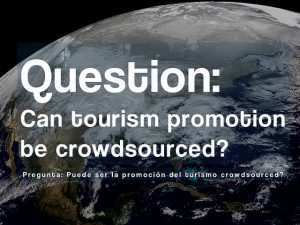 The tourism business is highly hyper competitive in nature. The tourism destinations are faced with a rapidly changing surrounding, nature and increasing demands from travelers. It requires adaptable and workable marketing strategies. The world is well connected today – thanks to Internet. Nationally, tourism ministries of governments are tremendously responsible for its maintenance and development both. And, tourists are complex in nature; they go for overall holistic experience. In order to support the development of a destination that provides a seamless experience are the ones that click.
The tourism business is highly hyper competitive in nature. The tourism destinations are faced with a rapidly changing surrounding, nature and increasing demands from travelers. It requires adaptable and workable marketing strategies. The world is well connected today – thanks to Internet. Nationally, tourism ministries of governments are tremendously responsible for its maintenance and development both. And, tourists are complex in nature; they go for overall holistic experience. In order to support the development of a destination that provides a seamless experience are the ones that click.
To sum it up – sky is the limit for growth of tourism sector. The 4 Ps can be developed in manifold and can be mixed and merged beyond imagination.













































